In elementary school we often hold celebrations of learning; events or snapshots in time where we showcase the learning of our students. This is a common practice and it helps make learning visible to our parents, our colleagues, and other stakeholders in our schools. A popular social media tool, Twitter, has become a “disruptive” technology this year for Guy Weadick School as it has transformed our understanding of celebrations of learning from beyond a scheduled evening event, to everyday occurrences.
At the onset of this school year every teacher in our school committed to the idea of broadcasting student voice through Twitter. It was a simple vision with the goal of increasing the multiple ways we communicate with parents by giving them glimpses (tweets) of day-to-day happenings in their child's classroom and although it has met this goal, an unexpected benefit emerged: These ongoing tweets have impacted our staff and school culture in a positive way. Only three weeks into the school year and we are witnessing and living the power this tool has had on the way we as teachers are interacting with one another. It has impacted how we collaborate, care for, and celebrate together as colleagues!
I would suggest that for this reason alone educators should WANT to get on Twitter to celebrate and broadcast student voice. When teachers make public what is going on in their classrooms as well as have the opportunity to see what their colleagues are doing, on an ongoing basis, it brings down the walls within the school. As a result they are celebrating together daily. It is not uncommon at Guy Weadick School for ideas to grow and blossom between classrooms all because a teacher (and classroom) saw something on Twitter that was happening in another classroom on another grade team on the opposite side of the school. Because it is happening in real time it has, in turn, sparked the need to get involved, to talk to that teacher, and to collaborate and join in on the learning, bringing the classrooms and students together. Recently one class tweeted that they discovered a sickly tree in our school yard. They were concerned and started to openly wonder through tweets what they could do for this tree. This simple action quickly got the attention of two other classrooms from two different grade groups. These tweets became the initial spark for coming together to solve this real world dilemma right in our own school yard! No longer is the scheduled “buddy reading” bringing the classes together at our school, it is now the ongoing, 140 character, celebrations of learning that is creating this need in authentic ways, something we couldn't have imagined when we set out on this Twitter adventure.
In conclusion, readers might expect me to say “follow us” as an appeal to increase our Twitter presence, but I'm not going to do that. Instead I'm going to say that all educators should be creating these Twitter connections within their own learning communities so that all schools can experience this “disruptive” technology within their classrooms and schools.
Jeff Belcher (@JeffBelcher) (@GWSBelcher) is the Assistant Principal at Guy Weadick School. Making learning real, whole, accessible, visible, and meaningful for all students is what Mr. Belcher strives for on a daily basis.
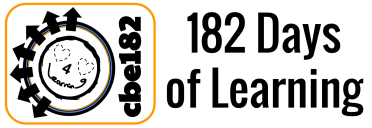
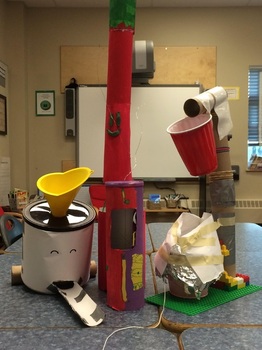
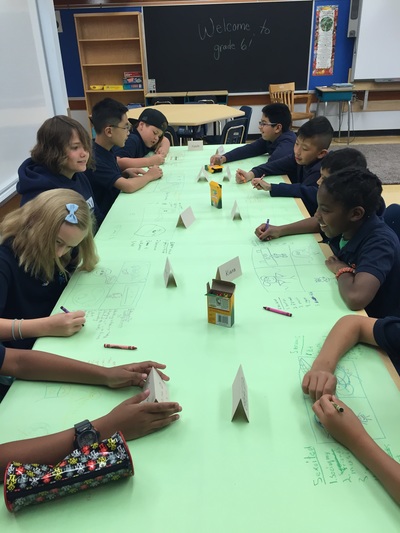
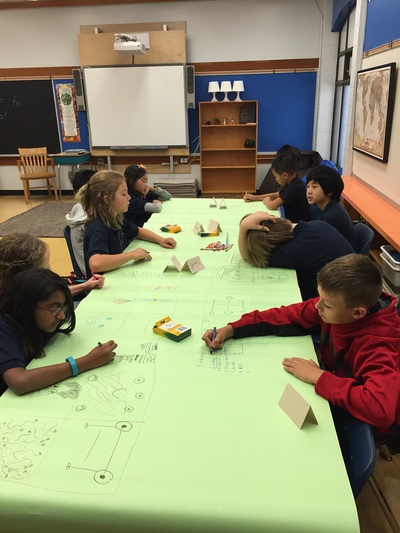
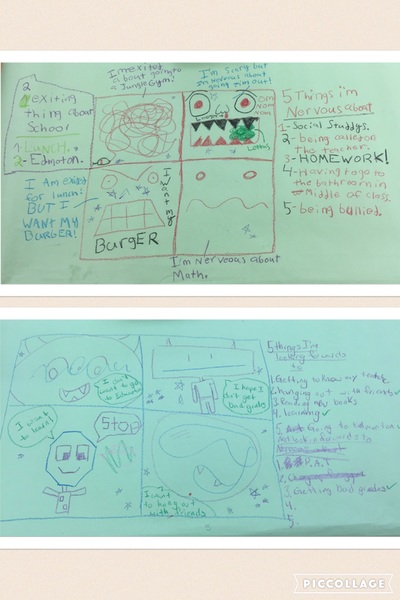
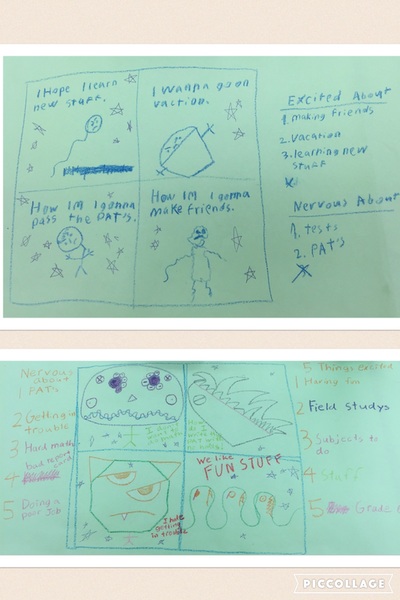
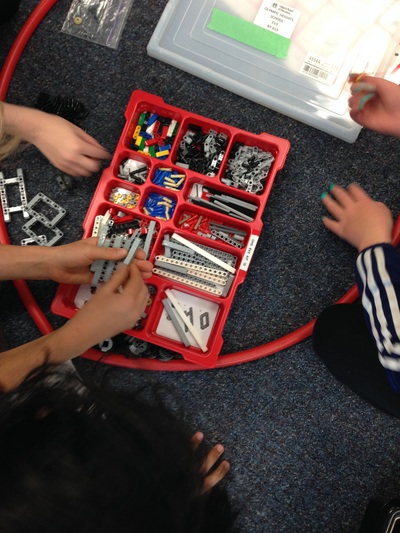
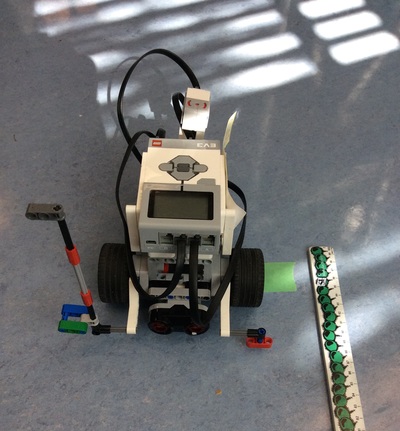
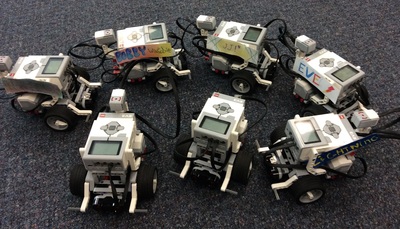
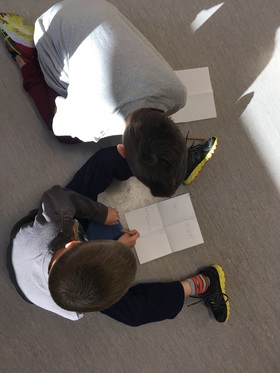
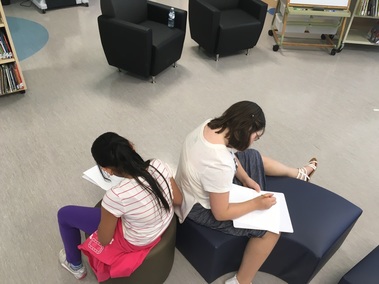
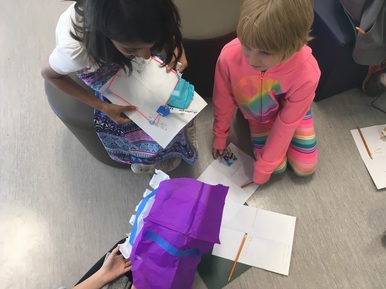
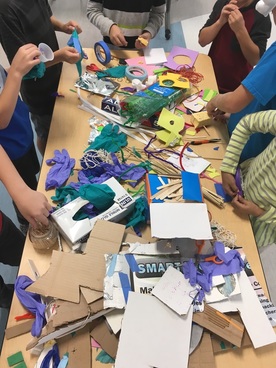
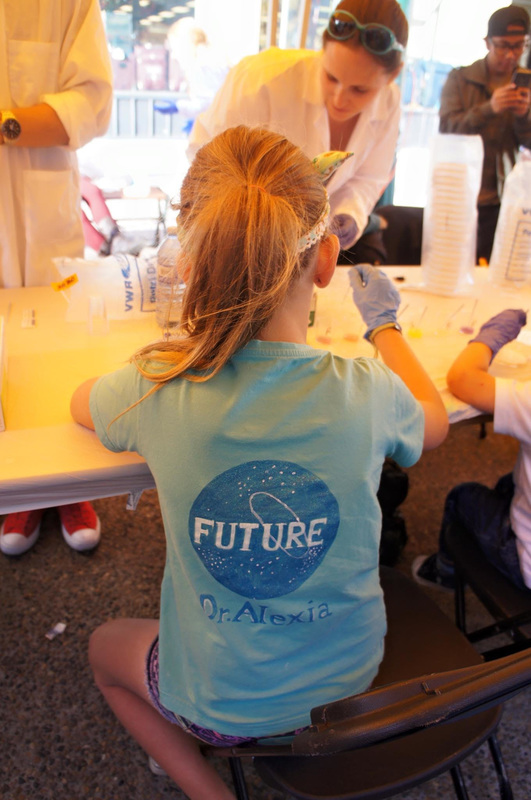
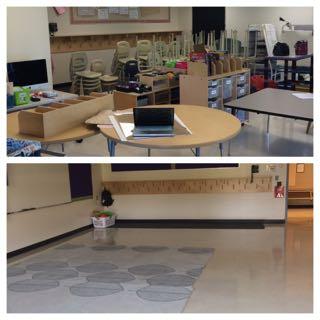
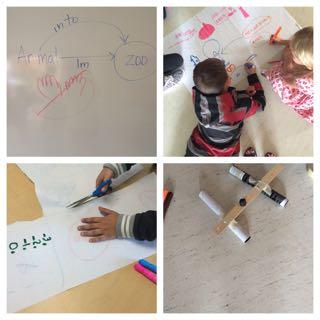
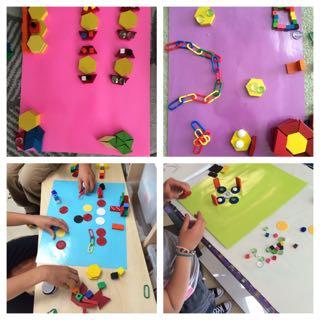
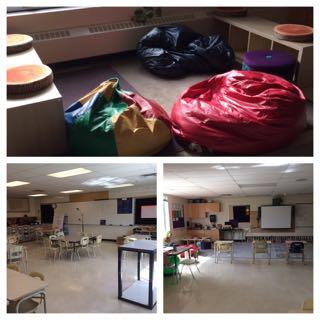
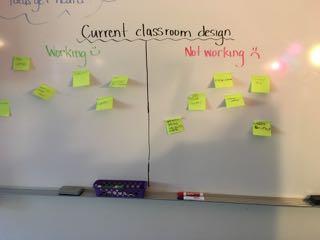
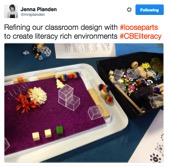
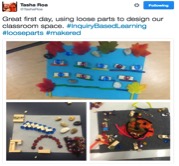
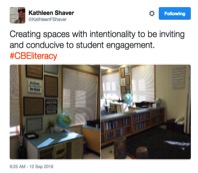
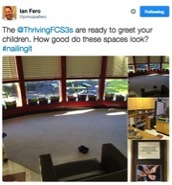
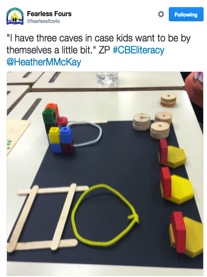
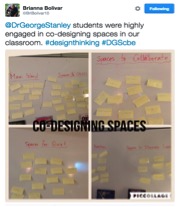
 RSS Feed
RSS Feed
